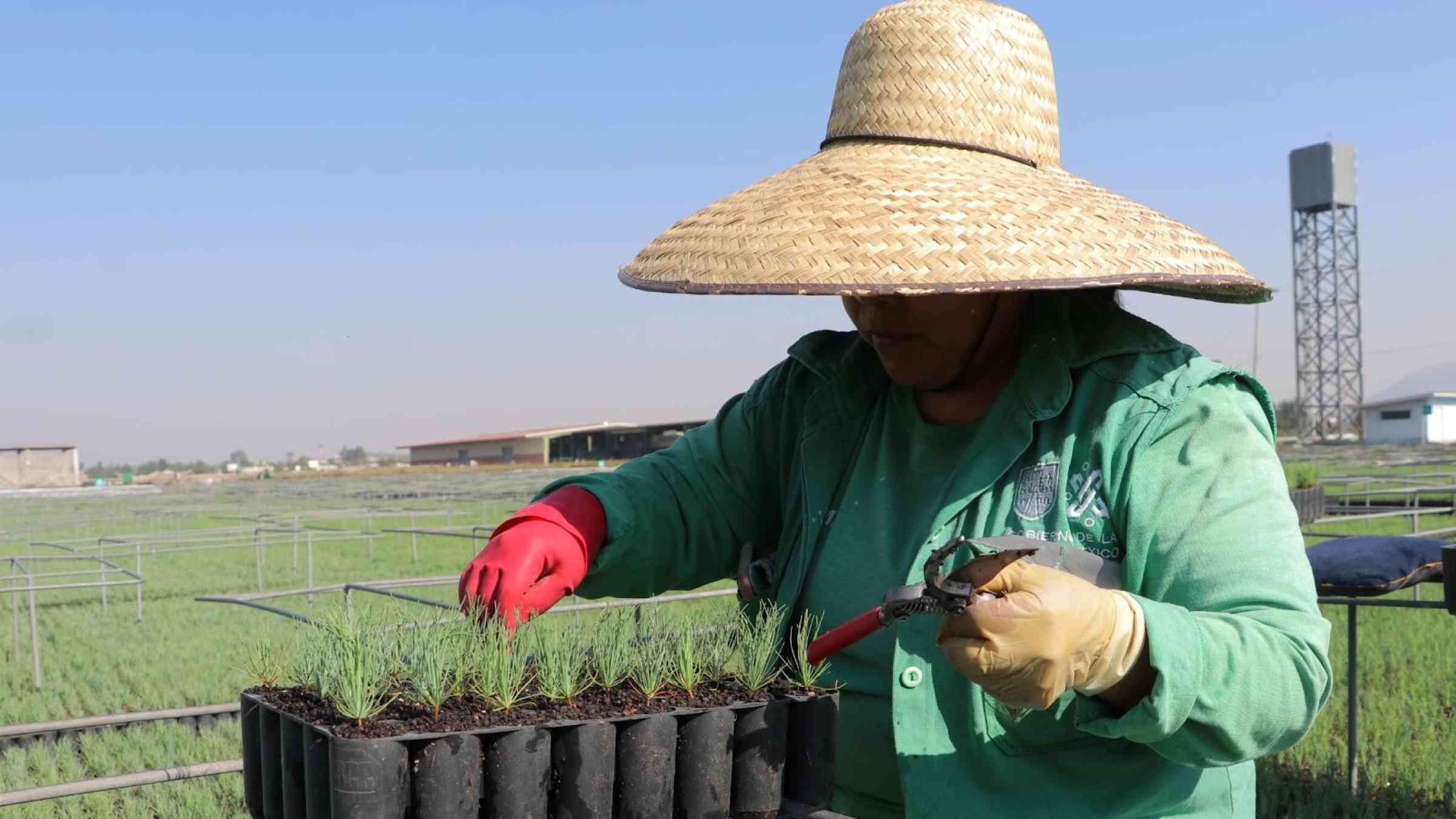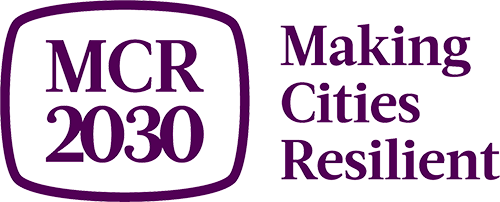Mexico City focuses on solutions and scale

This Making Cities Resilient 2030 series, under the theme ‘From Risk to Resilience: Building a Local Climate of Success’, profiles the lead of MCR2030 Resilience Hubs to inspire other municipalities to scale up their own climate ambitions. Today, in the second feature, we focus on Mexico City
Mexico City is focused on investing in scalable solutions to protect its assets, local environments, and municipal districts in the face of growing climate risk. This ambitious approach is a result of the paradigm shift the city has made from a reactive approach to disaster and climate risk to one that is more proactive, comprehensive, and integrated.
Participatory governance is a key principle of this approach. The city engages across sectors as well as entities so that climate resilience solutions can be mainstreamed into local development planning and action. Two key pieces of legislation establish the framework and responsibilities for the metropolitan’s ambitions: first the Mitigation and Adaptation to Climate Change and Sustainable Development Law and second the Law of Comprehensive Risk Management and Civil Protection.
The laws have paved the way for a range of institutional mechanisms to be established. Two are particularly important. First, the Inter-institutional Commission on Climate Change coordinates, designs, approves, executes, monitors, and evaluates climate policies, including resilience actions that consolidate Mexico City's climate change adaptation policy. Second, the Resilience Council proposes and follow-ups on resilience policies, strategies, and projects. The Council helps to ensure that climate vulnerability assessments inform wider urban development planning.
All agencies and entities across various sectors of the Government of Mexico City active on climate action are engaged. The governance mechanism links the 16 mayoral offices across the wider metropolitan area. Under the auspices of the legal framework, the city has developed a Local Climate Action Strategy towards 2050 supported by a Climate Action Programme for the short and medium term. These are underpinned by a set of resilience actions and indicators to monitor progress and gaps. Both the strategy and the programme were developed after extensive and multi-stakeholder consultation (nationally, metropolitan-wide, and locally). They take account of recent experiences of climate-related hazards as well as the changing vulnerability and exposure profiles of the city. The Local Climate Action Strategy highlights five priorities in terms of adaptation and climate resilience.
First, the need to update land use planning and ensure the inclusion of climate change criteria, adaptation, and comprehensive risk management considerations. Second, the importance of strengthening the multi-hazard early warning system for extreme hydrometeorological and climatic events to cover the whole population. Third, the need to strengthen the number, diversity, and capacity of volunteer Community Brigades to support local climate risk reduction efforts. Fourth, increased dissemination of risk communication messaging so that citizens are more aware and better prepared on climate risk. And fifth, the importance of implementing natural climate solutions that strengthen both mitigation and adaptation.
A process of support has been established so that each city district is able to prepare its Climate Action Programme and strengthen capacities to implement it. This includes development of a City Risk Atlas, with a set of indicators related to hazard, exposure, and social vulnerability, which acts as a management tool to support implementation of the Climate Action Programme. To date, two Municipalities – Venustiano Carranza and Azcapotzalco – have used the manual to develop their climate risk assessment. Their diagnoses identified flooding as the main risk. The assessment, which included an analysis of social vulnerability, pinpointed priority areas for attention. Within this framework, Venustiano Carranza has implemented urban revegetation measures in flood-exposed areas. Azcapotzalco has taken action to improve and rehabilitate the secondary network of drainage, as well as scale up the creation of green areas.
Mexico City also has a Green Infrastructure Special Programme that acts as a participatory planning instrument for nature-based solutions. The Programme is founded upon four principles: connectivity, accessibility, functionality, and resilience. Several initiatives have been launched under the programme, including ‘Planting Parks’, a Green Challenge’ of urban revegetation, river sanitation, as well as the creation of wetlands, pollinating gardens, and urban orchards.
Mexico City’s ground-breaking work on resilient urban development was recognized at the May 2022 Global Platform for Disaster Risk Reduction. The city’s Secretary of Integral Risk Management and Civil Protection, Ms Myriam Urzúa Venegas, was awarded the prestigious Sasakawa Award for her outstanding contribution to disaster resilience. The Award highlighted the city’s development of a training programme to improve urban and environmental management that has been rolled out across the Latin America and the Caribbean region. The training provides public officials with insight into sustainable development, environmental governance, and options to increase resources for accelerated climate action at the sub-national level.

